In recent years, sustainable development has become the focus of attention in various industries. One of the areas that has made significant strides in eco-friendly practices is the textile industry. One sustainable solution gaining momentum is recycled spunlace polyester fibres. This article aims to explore the environmental impact of recycled spunlace polyester fiber, highlighting its advantages and how it can contribute to a greener future.
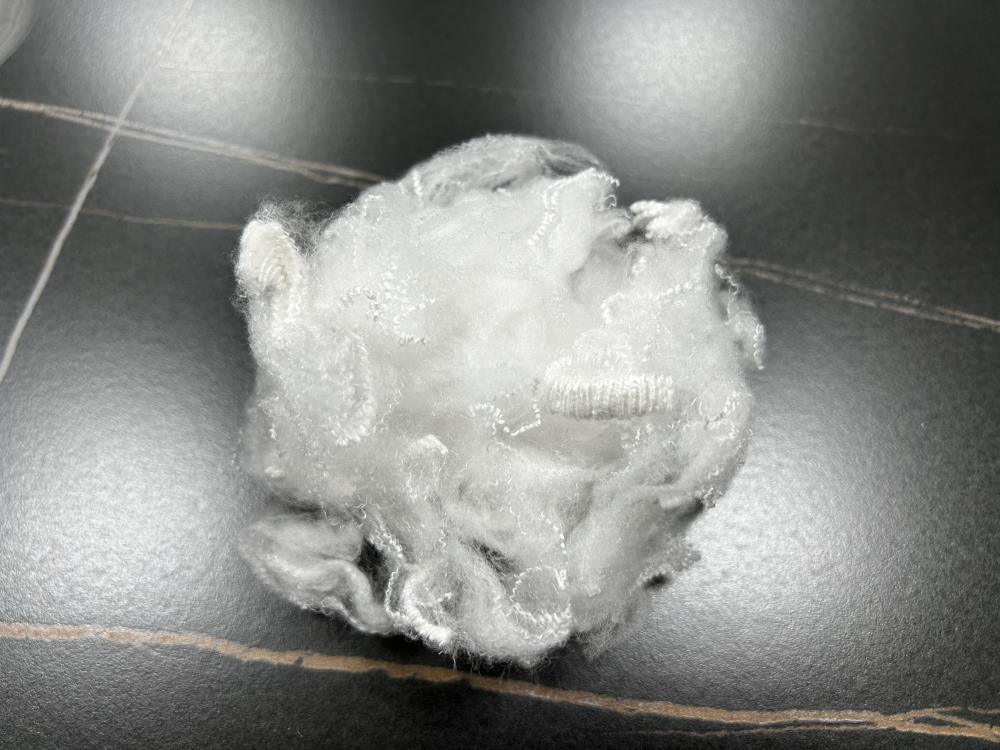
Recycled spunlace fibers facilitate waste minimization and landfill diversion:
Recycled spunlace polyester fibers are made from post-consumer plastic waste such as PET bottles. These materials are collected, sorted, washed and converted into hydroentangled polyester fibers. Significantly reduces the burden on waste management systems by converting PET bottles and other plastic waste into usable recycled hydroentangled polyester fibers. Therefore, compared with traditional spunlace polyester, recycled spunlace polyester fiber is a sustainable alternative.
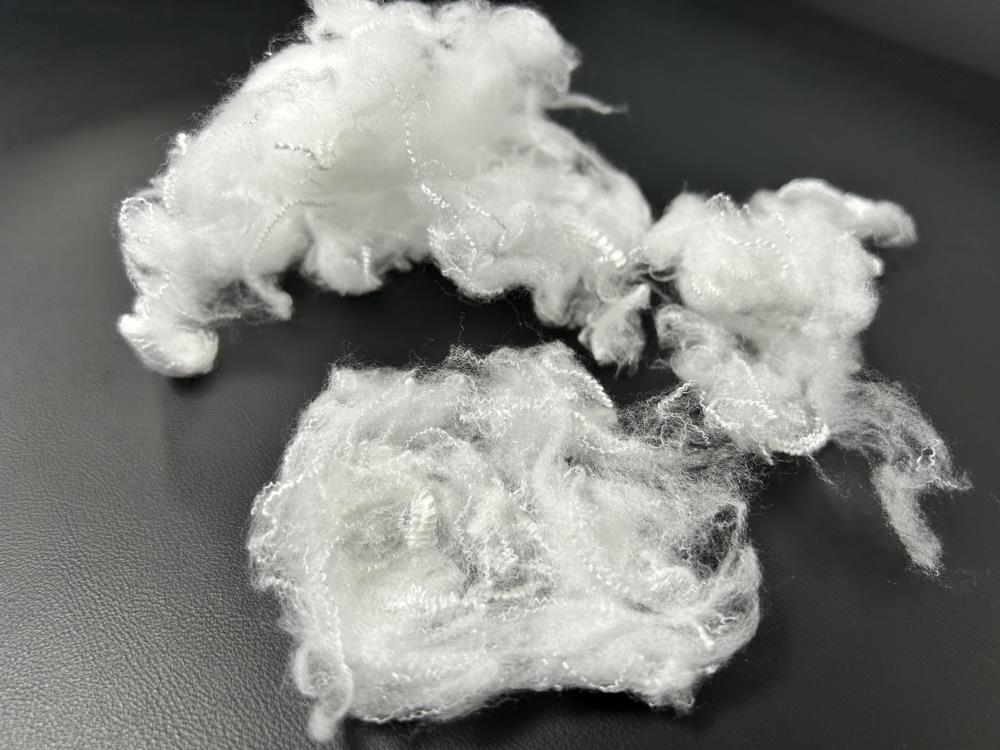
Recycled spunlace fibers help reduce carbon emissions:
Using recycled materials in the production of spunlace polyester fibers helps reduce greenhouse gas emissions. The production of virgin spunlaced polyester fibers produces large amounts of carbon dioxide, which is a major contributor to climate change. By choosing recycled materials, the industry can reduce the need for fossil fuel extraction, reduce the carbon emissions associated with the production of raw materials, and lighten the overall carbon footprint of the textile industry.
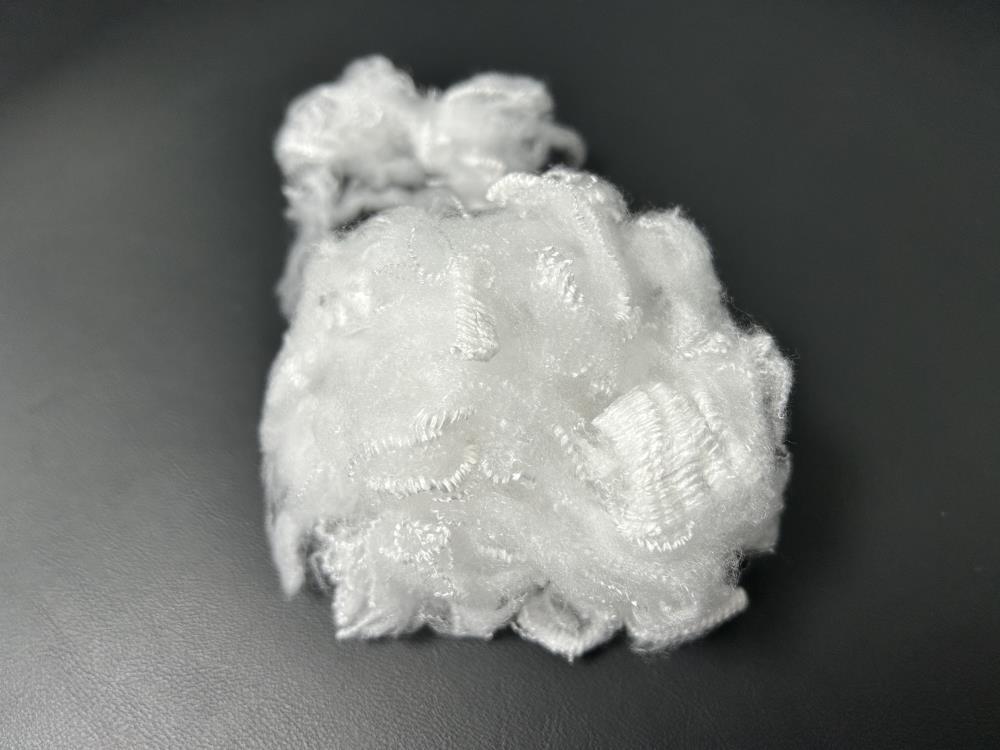
Regenerated spunlace fibers help conserve natural resources:
The production of virgin spunlace polyester fibers consumes non-renewable resources such as crude oil and natural gas. By incorporating recycled materials, the textile industry can help preserve these precious resources for future generations. Furthermore, the extraction and processing of raw materials often results in habitat destruction and environmental degradation. The choice of recycled spunlace polyester fibers promotes more sustainable approaches, protecting ecosystems and minimizing negative impacts on biodiversity.
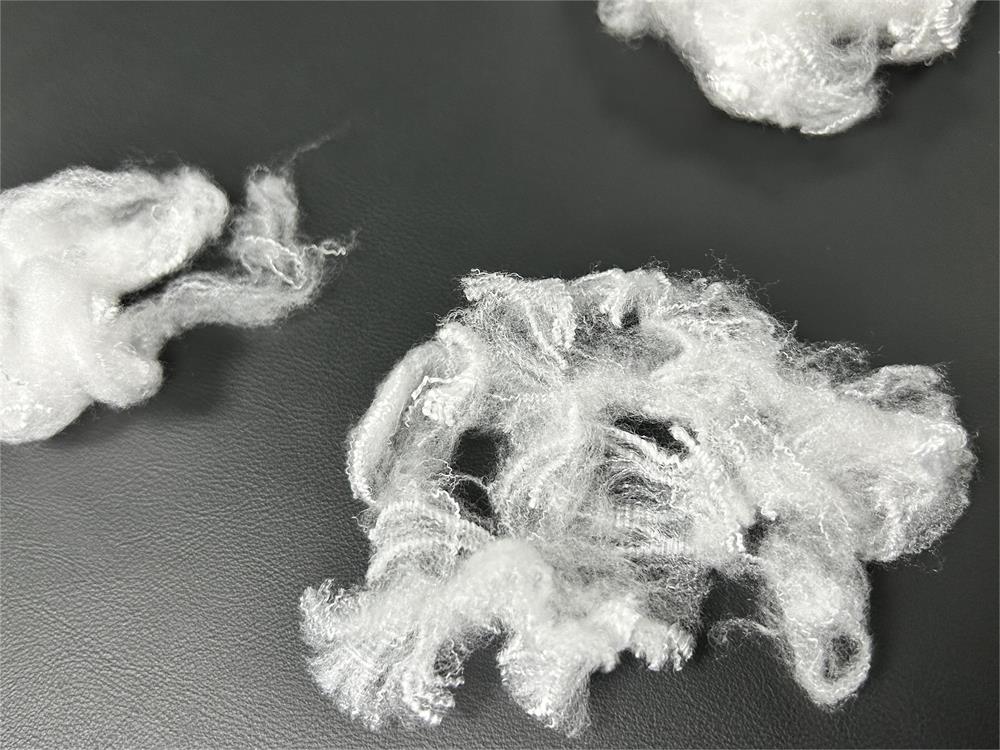
Regenerated spunlace fiber is conducive to the promotion of circular economy:
The use of recycled spunlace polyester fibers complies with the principles of a circular economy, where resources are reused, recycled and reintegrated into the production cycle. By embracing recycled materials, textile manufacturers help to close the loop, reducing waste, extending the life of materials and reducing the need for extraction of virgin resources. This shift to a circular economy promotes long-term sustainability and reduces the environmental burden of the textile industry.
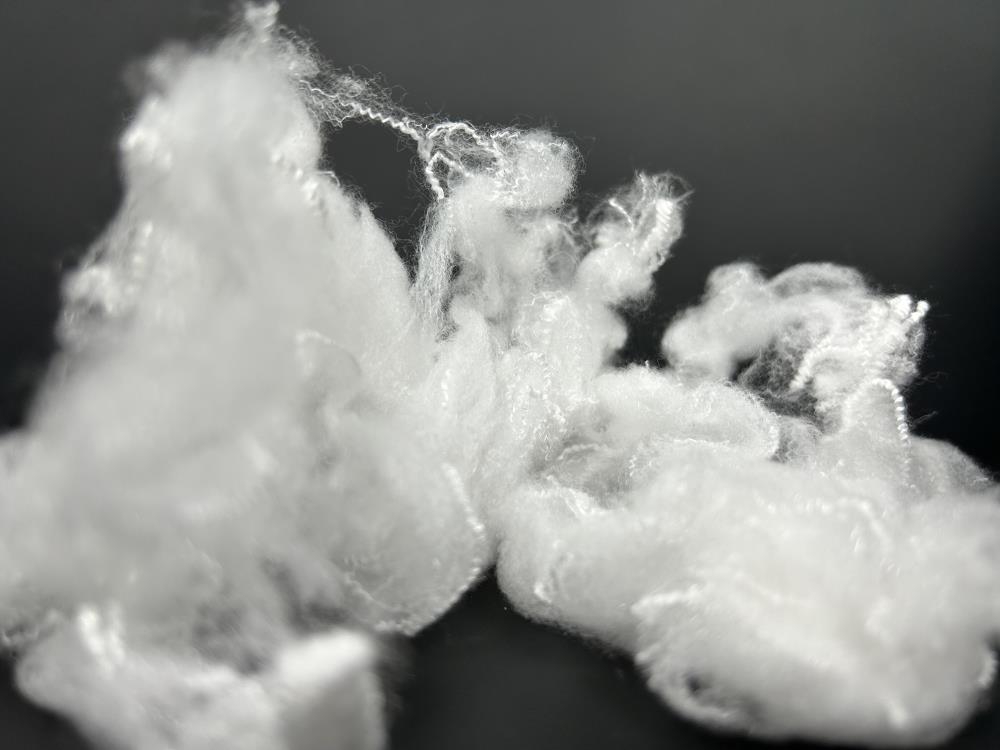
Conclusions about recycled spunlace polyester fibers:
The use of recycled spunlace polyester fibers is an important step towards sustainable textile production and environmental protection. By diverting post-consumer waste, reducing carbon emissions, conserving natural resources and promoting a circular economy, the textile industry can make significant strides in reducing its environmental impact. Introducing recycled materials as a viable alternative not only benefits the environment, but also provides economic opportunity and enhances the social responsibility of the industry. As consumers and manufacturers become more aware of the benefits of recycled spunlace polyester fibers, its implementation will undoubtedly help the textile industry achieve a more sustainable and environmentally friendly future.
Post time: Jun-02-2023
